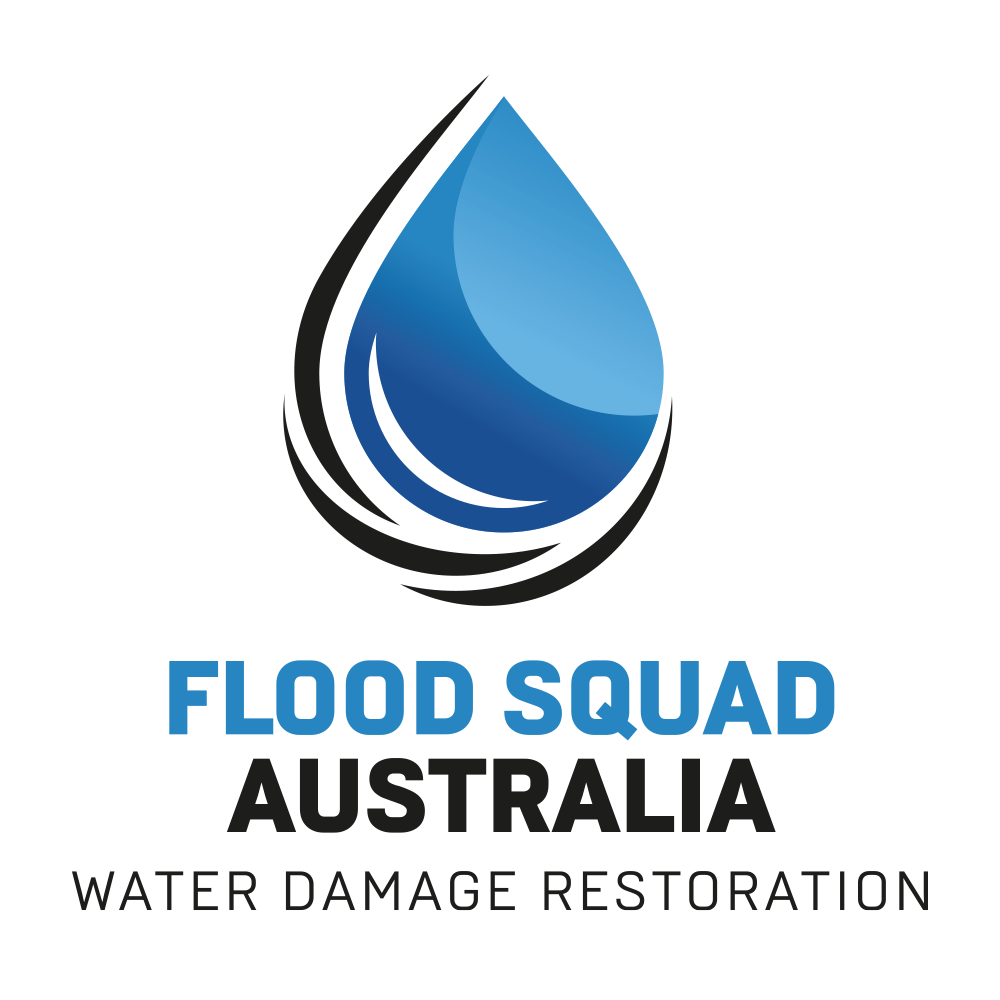Water damage can strike at any moment, leaving your home or business in disarray. Whether it’s due to a burst pipe, a severe storm, or an unexpected flood, the aftermath can be overwhelming. For residents of Sydney, understanding how to manage and restore water damage is crucial in preserving the integrity and value of your property. This guide will walk you through the essentials of water damage restoration in Sydney, offering practical tips and insights to help you navigate this challenging situation.
Understanding Water Damage
Water damage is more than just a minor inconvenience; it can lead to significant structural and health issues if not addressed promptly. But what exactly is water damage, and how can it impact your property?
Types of Water Damage
Water damage can be classified into three main categories:
- Clean Water Damage: This type of damage comes from sources like broken pipes or rainwater. It’s the least harmful, but it can still cause significant damage if not treated quickly.
- Grey Water Damage: This involves water from appliances like washing machines or dishwashers. It contains some contaminants and can pose health risks.
- Black Water Damage: This is the most dangerous type of water damage, originating from sewage or floodwaters. It contains harmful bacteria and requires immediate professional intervention.
Common Causes of Water Damage in Sydney
Sydney’s climate can contribute to various water damage scenarios. Common causes include:
- Heavy Rainfall and Storms: Sydney’s weather can be unpredictable, leading to severe storms and heavy rainfall that overwhelm drainage systems.
- Burst Pipes: Temperature fluctuations and aging plumbing can cause pipes to burst, leading to significant water damage.
- Flooding: Proximity to the coast means Sydney is not immune to flooding, which can cause extensive damage to properties.
Steps in Water Damage Restoration
Restoring a water-damaged property involves several critical steps. Understanding these can help you act swiftly and efficiently.
Step 1: Initial Assessment
The first step in the restoration process is to assess the extent of the damage. This involves identifying the source of the water, the type of water involved, and the areas affected. A professional water damage restoration company in Sydney will use advanced tools and techniques to assess the situation accurately.
Step 2: Water Extraction
Once the assessment is complete, the next step is to remove the excess water. This process involves using powerful pumps and vacuums to extract water from the property. Quick water removal is crucial to prevent further damage and reduce the risk of mold growth.
Step 3: Drying and Dehumidification
After the water is removed, the drying process begins. Dehumidifiers and industrial-grade fans are used to remove moisture from walls, floors, and other affected areas. This step is vital to prevent mold and mildew, which can cause long-term damage and health issues.
Step 4: Cleaning and Sanitising
Water damage can leave behind dirt, bacteria, and other contaminants. Thorough cleaning and sanitising are necessary to ensure the property is safe and habitable. This involves cleaning all affected items and surfaces, using specialised equipment and products.
Step 5: Restoration and Repairs
The final step is to restore the property to its pre-damage condition. This may involve minor repairs, like replacing drywall and installing new carpet, or major reconstruction efforts. Professional restoration companies in Sydney have the expertise to handle all types of repairs.
Choosing a Water Damage Restoration Company in Sydney
Selecting the right restoration company can make a significant difference in the recovery process. Here are some factors to consider:
Experience and Expertise
Choose a company with a proven track record in handling water damage restoration in Sydney. Experienced professionals will have the necessary skills and knowledge to manage the situation effectively.
Availability and Response Time
Water damage requires immediate attention. Look for a company that offers 24/7 emergency services and can respond quickly to your needs.
Comprehensive Services
Opt for a company that provides a full range of services, from initial assessment to final restoration. This ensures a seamless and efficient process, saving you time and stress.
Customer Reviews and Testimonials
Check online reviews and ask for references to gauge the company’s reputation. Positive feedback from previous clients is a good indicator of reliable service.
Preventing Future Water Damage
While some water damage incidents are unavoidable, there are steps you can take to minimise the risk:
- Regular Inspections: Conduct regular inspections of your plumbing and drainage systems to identify potential issues before they escalate.
- Install Sump Pumps: In flood-prone areas, installing a sump pump can help manage excess water and prevent flooding.
- Maintain Gutters and Downspouts: Ensure gutters and downspouts are clear of debris to facilitate proper water drainage.
- Seal Windows and Doors: Properly sealing windows and doors can prevent water from entering during heavy rain.
Conclusion
Water damage restoration in Sydney requires prompt action, professional expertise, and a comprehensive approach. By understanding the restoration process and choosing the right professionals, you can effectively manage water damage and protect your property. Remember, prevention is always better than cure, so take proactive measures to safeguard your home or business against future water-related issues.
Whether you’re dealing with a minor leak or extensive flood damage, this guide aims to equip you with the knowledge and confidence to tackle water damage restoration head-on. Stay prepared, stay informed, and ensure your property remains safe and secure.


